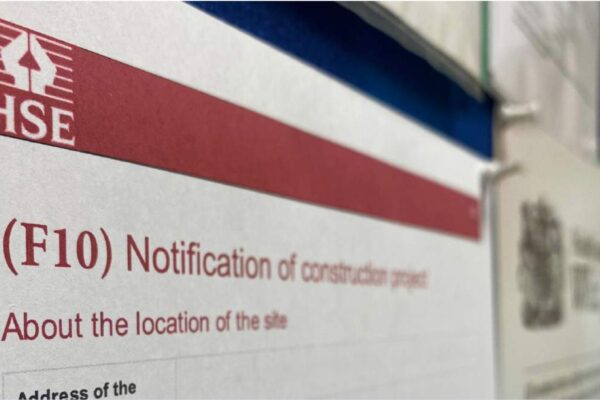Basic Risk Assessment Template [A Step-by-step Guide]
You know that conducting a risk assessment is one of the best ways to spot and highlight hazards and risks in your business, so that you can address the risks you find, safeguard against them, and help your company stay lawful when it comes to health and safety. But how do you make sure your risk assessment is professional and thorough?
A Basic Risk Assessment Template is a good place to start. It will provide you with a step-by-step procedure to follow, and a document to record your risk assessment findings clearly and compellingly, in compliance with health and safety laws.
This post will talk you through the key steps to follow in conducting an excellent risk assessment.
Why not get your Supervisors trained in how to do a Risk Assessment especially suited to them, with our Online Course.
A Step-by-step Guide to Basic Risk Assessment
Risk Assessment Templates may look pretty straightforward, but even the smallest details can sometimes be vital. It’s important to understand why certain information is necessary, as doing things properly at this stage can potentially save you a lot of trouble further down the line.
Here are some of the key steps to a Basic Risk Assessment Template:
Keeping a clear record of what you’re doing:
At the beginning of your assessment, you want to make sure you’re including all the information necessary to prove that the risk assessment relates to your specific business. This is vital to record keeping, and ensures you know when a risk assessment needs to be reviewed.
You should include:
- Assessor name(s) – Two minds are better than one. You might involve someone who knows the environment better than you to help with the assessment.
- Date and time – Assessments may need to be reviewed and revised as things change over time.
- Work area info – E.g., factory, construction site, property, office block.
- Task being assessed – This could be all facilities management activities for that building, or one particular issue (such as working at height, asbestos, or deliveries to a certain location).
Identifying hazards:
As you go around your business, the risks you will you want to address will vary dramatically depending on what business you have. Hazards can include everything from slips and trips to operating machinery.
Make a note of:
- Hazards (things that could cause potential harm) – E.g., wet surfaces, sharp blades.
- Who might be harmed by each hazard – E.g., passers-by, machine operators.
- How might they be harmed – E.g., slips and trips, serious cuts.
Assessing existing control measures
Next, identify what kind of safeguards are already in place, if any at all.
Examples:
- Wet floor sign
- Protective gloves.
Evaluating risk:
You need to be aware of the level of risk different hazards present, so that you know how to prioritise the action you take to minimize accidents occurring.
Use the Advanced Risk Rating system to calculate the level of risk:
- Likelihood x consequence = risk
For example, a likely hazard that has potentially devastating consequences (e.g., an operator using a machine with open cutting tools several times a minute) is very high risk (5 x 5 = 25).
Suggesting Additional Controls and evaluating residual risk
After documenting the current situation, it’s important to start thinking about steps you can take to reduce the potential for risk even further. Whatever steps you’re going to take to sort out this problem need to be recorded.
You can then use the Advanced Risk Rating system to calculate how the controls will reduce the risk. For example, in the above case of the open cutting tools, introducing a blade guard would significantly reduce the likelihood of being cut, reducing the risk rating (1 x 5 = 5) massively!
Ensuring accountability
Now you have decided what changes need to happen to reduce the risks you have identified, you have to make sure these changes actually happen. This is an important step to take because it will highlight what your business is doing about potential risks. If you’re every investigated by HSE, they will look to ensure you’re following through with what you said you’d do.
Make a note of:
- Who will be responsible for the changes
- When is the deadline for them.
Signing off and scheduling a review
Finally, to finish off your risk assessment, all you need to do is write down the date and time this risk assessment form was filled out and then sign to document who carried it out. This is for accountability reasons and to ensure optimal communication. Make sure that you schedule a review at an appropriate time in the future, to keep on top of things.
As you can see, the process of filling out and completing your own risk assessment is neither hard nor complicated but relies on making sure all the information is recorded to take appropriate action. To help you kickstart your risk assessment process, you can download my free risk assessment guide here!
Are you responsible for Risk Assessment in your workplace? Leave a comment below to share your thoughts!





